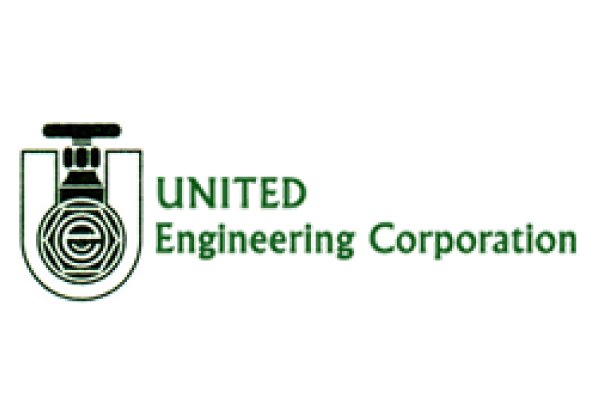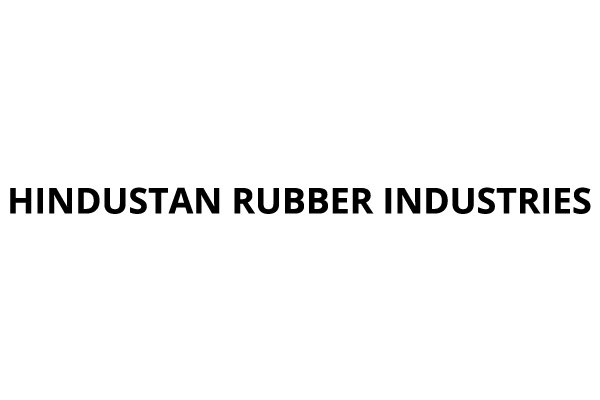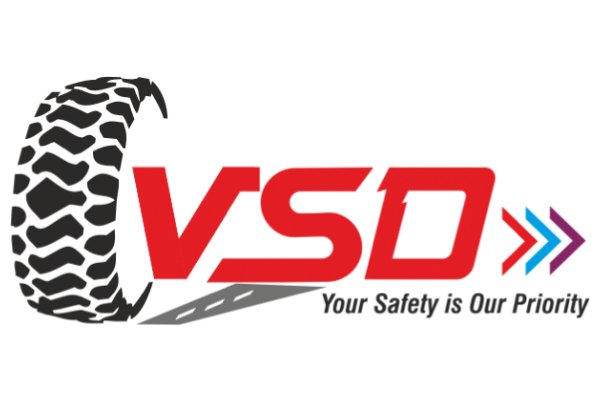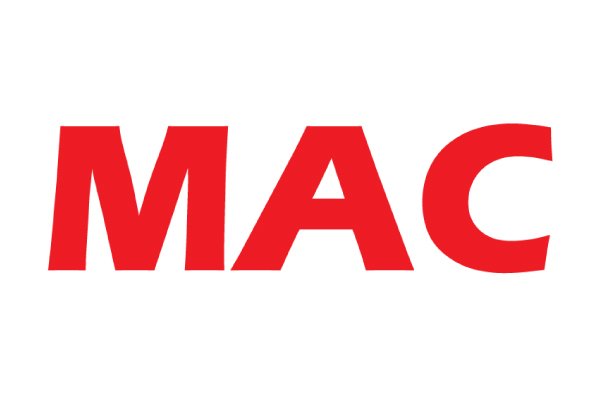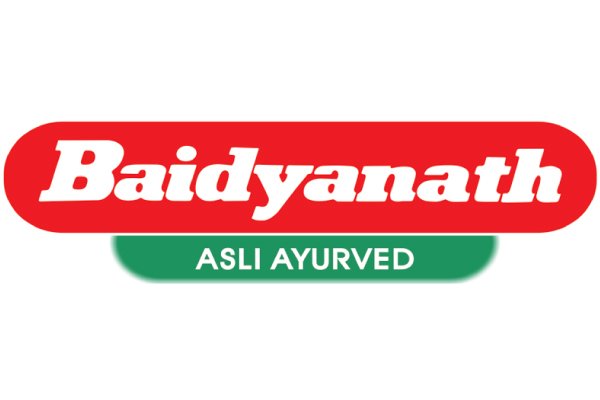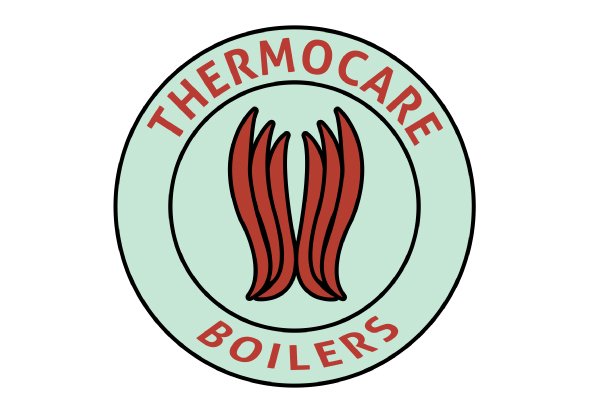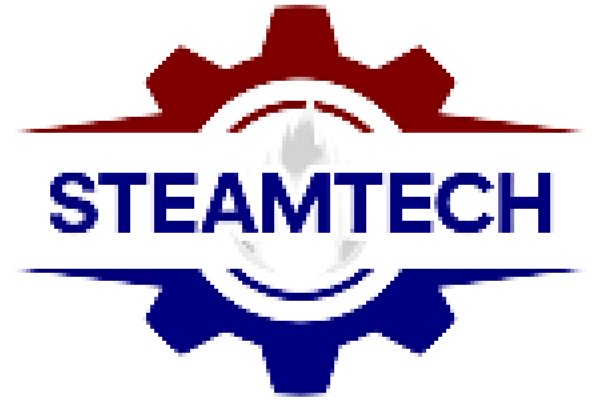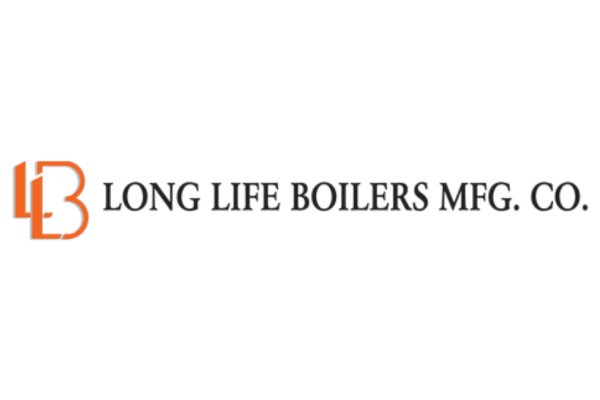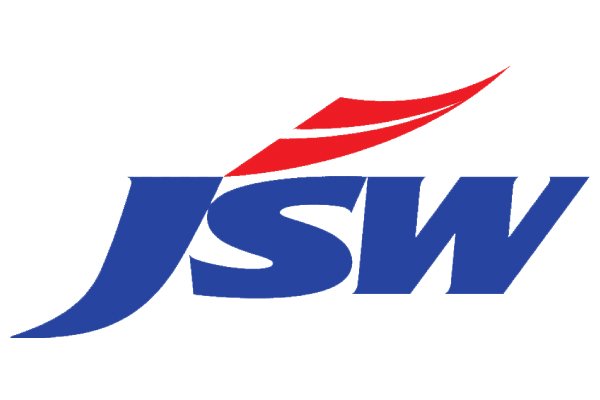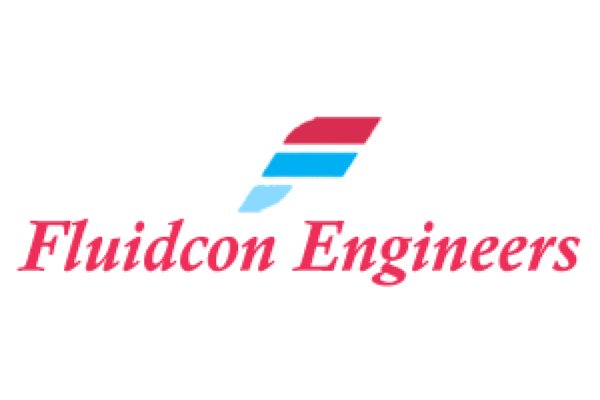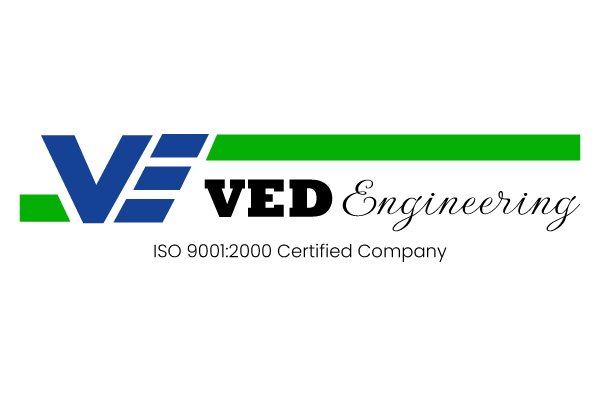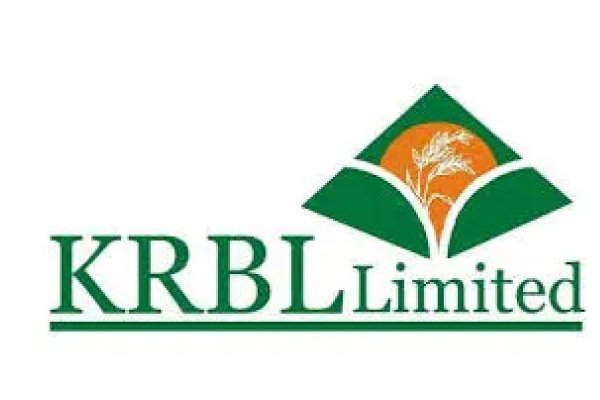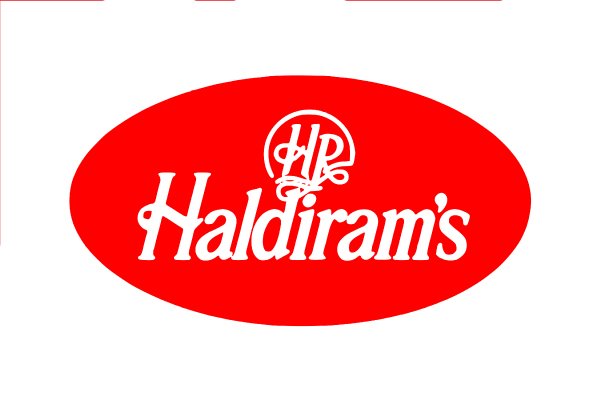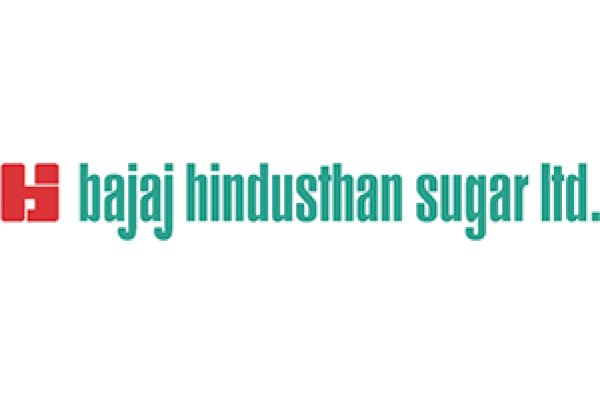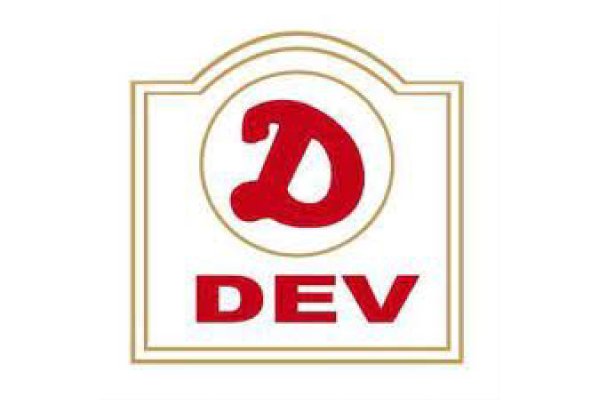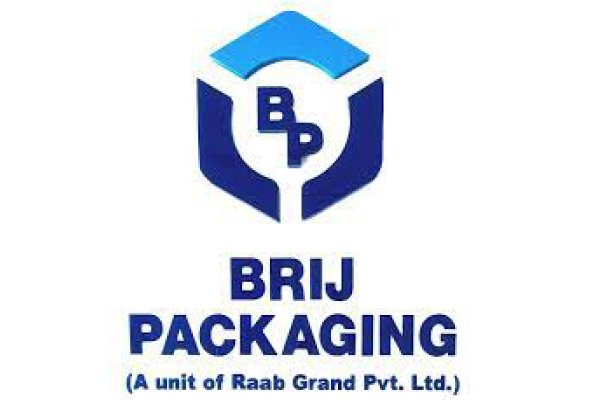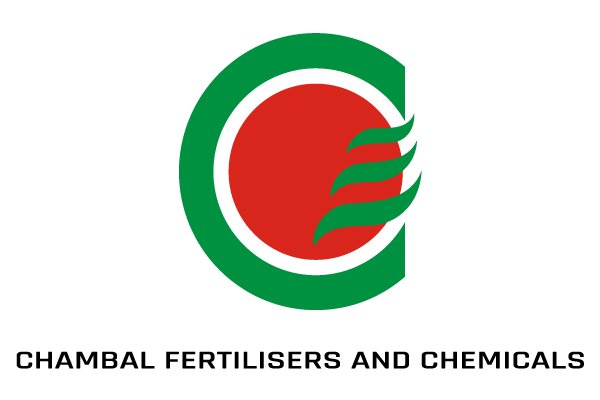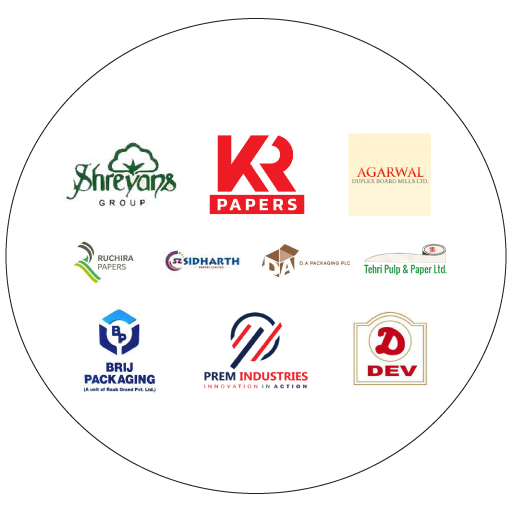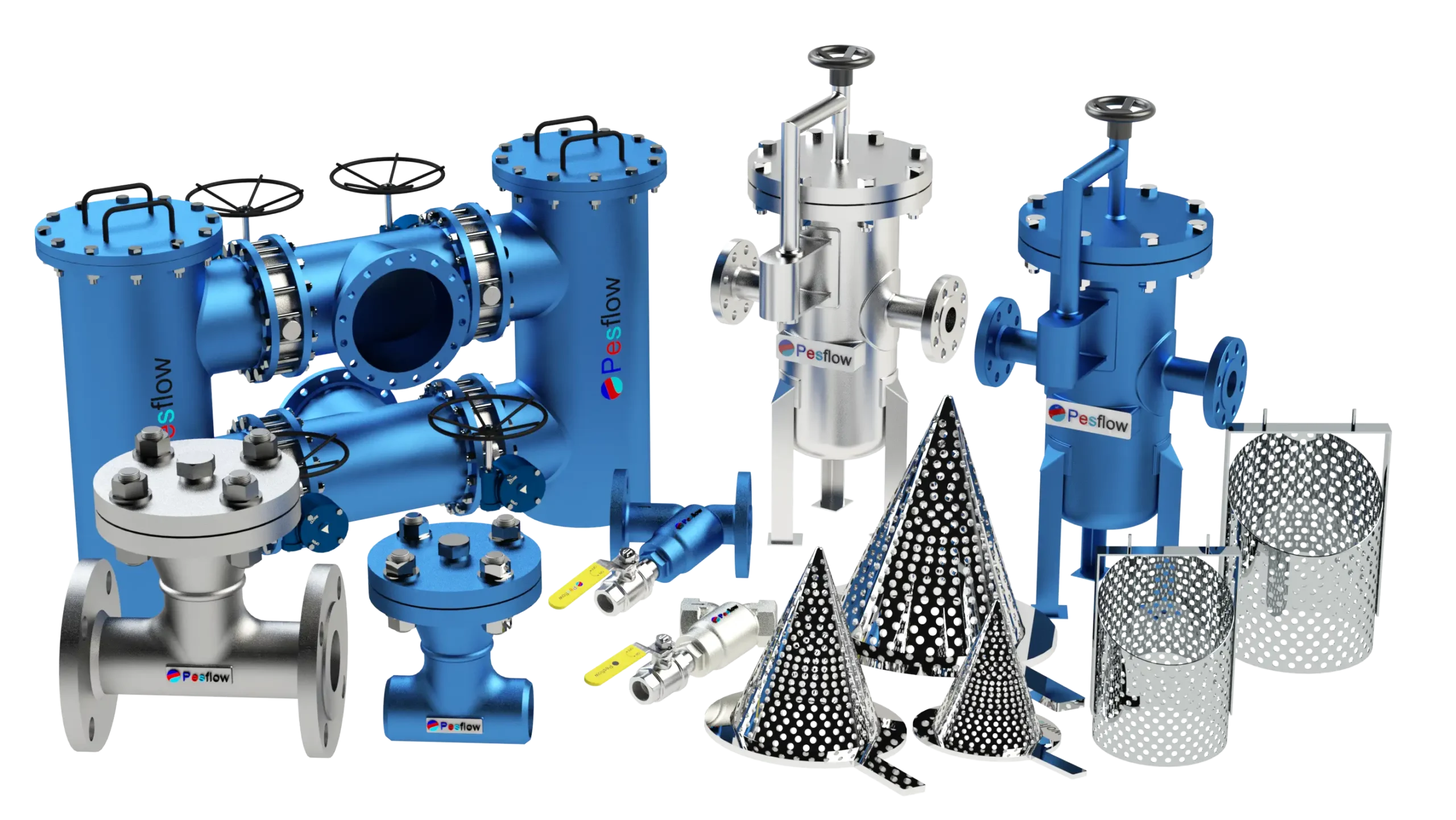
Top 7 Maintenance Tips to Extend Your Industrial Strainer's Lifespan
In any industrial piping system, pumps, meters, and valves often get the spotlight. But the real unsung hero, working tirelessly to protect this critical equipment, is the industrial strainer. This simple yet vital component is your first line of defense against damaging debris, scale, and other particulates.
However, like any hero, it needs support. A neglected strainer can lead to catastrophic failures, including pump damage, valve blockages, and costly unplanned downtime. The good news is that a proactive maintenance strategy can dramatically extend its lifespan and ensure the reliability of your entire system.
At Perfect Engineering Services, recognized as the Best Strainer Exporter in UAE and one of the leading Strainer Suppliers in UAE, we don’t just supply high-quality strainers—we empower our clients with the knowledge to get the most out of them. Here are our top 7 practical maintenance tips to keep your strainers in peak condition.
1. Master the Art of Pressure Monitoring (Your #1 Indicator)
Think of this as your strainer’s health gauge. The most effective way to know when a strainer needs cleaning is by monitoring the differential pressure (ΔP) – the difference in pressure between the inlet and outlet.
The Setup: Install pressure gauges immediately before and after the strainer. This is a small investment with a massive payoff.
Establish a Baseline: When a new, clean strainer is installed, record the ΔP during normal operation. This is your “clean” baseline.
Set a Cleaning Threshold: A general rule of thumb is to schedule a cleaning when the ΔP reaches 5-10 PSID (Pounds per Square Inch Differential) above the clean baseline. A sudden spike indicates a significant blockage, while a gradual increase is normal as the screen collects debris.
Practical Value: Relying on ΔP instead of a fixed time schedule prevents unnecessary cleanings (saving labour) and, more importantly, avoids running a clogged strainer, which can lead to screen collapse or reduced flow.
2. Implement a Smart Inspection and Cleaning Schedule
While pressure monitoring is key, a regular visual inspection and cleaning schedule is essential for comprehensive care.
Determining Frequency: The ideal interval depends on your specific application.
Consider:
Service Fluid: Is it relatively clean water or slurry with high solids?
Operational Criticality: Is the line critical to plant operation?
Data: Use your ΔP logs (see Tip #7) to determine how quickly your strainer clogs. Start with a monthly check and adjust as needed.
The Correct Cleaning Method:
Safety First: Always follow proper Lockout/Tagout (LOTO) procedures. Isolate the strainer, depressurize the line completely, and drain the fluid from the strainer body.
Careful Removal: Open the cover and carefully remove the screen or basket. It may be full of debris, so handle it with care to avoid spills.
Gentle but Thorough Cleaning: Use a low-pressure water jet or compressed air to dislodge debris. For stubborn particles, use a soft bristle brush. Crucially, avoid wire brushes, scrapers, or hammering the screen, as this can damage the mesh and create holes that let contaminants pass through.
Inspect While Cleaning: This is the perfect time to check the screen for any signs of damage (see Tip #4).
3. Treat Gaskets as Critical, Single-Use Components
A leaking strainer is an unsafe and inefficient strainer. The gasket is the key to a perfect seal, but it’s often overlooked.
The Golden Rule: Never reuse a gasket. Once a gasket has been compressed, it loses its ability to create a reliable seal. The minimal cost of a new gasket far outweighs the risk of a leak, which could involve hazardous fluids or require a second shutdown.
Thorough Inspection: Before installing a new gasket, inspect the cover and body seating surfaces. Ensure they are clean, smooth, and free from nicks, scratches, or old gasket material. A damaged seating surface will compromise even a brand-new gasket.
Material Matters: Ensure you are using a gasket made of a material compatible with your process fluid and operating temperatures.
4. Conduct a Detailed Screen and Body Integrity Check
A clean screen isn’t necessarily a healthy screen. During every cleaning cycle, perform a detailed inspection.
Screen Inspection:
Punctures and Tears: Hold the screen up to a light source to easily spot any holes, no matter how small.
Deformation: Look for signs of collapse or distortion. This indicates the strainer was left in service for too long under high differential pressure.
Corrosion/Erosion: Check for pitting or thinning of the mesh, especially in corrosive service environments.
Strainer Body Inspection:
Check the interior and exterior for signs of corrosion or erosion.
Ensure the seating area where the screen rests is not worn or damaged, as this can create a bypass for debris.
A compromised screen defeats the entire purpose of the strainer. If any damage is found, replace the screen immediately.
5. Ensure Proper Reassembly Every Time
You have done the hard work of cleaning and inspection; don’t let a mistake during reassembly undermine your efforts.
Correct Seating: Ensure the screen is seated correctly in its designated position within the strainer body.
Gasket Placement: Place the new gasket carefully into its groove, ensuring it is flat and not twisted.
Even Tightening: Tighten the cover bolts or studs in a star or crisscross pattern to apply even pressure on the gasket. This prevents flange warping and ensures a leak-proof seal. Use a torque wrench if specifications are available to avoid over- or under-tightening.
6. Maintain a Strategic Spare Parts Inventory
Unplanned downtime is a profit killer. A 30-minute cleaning job can turn into a day-long shutdown if you discover a damaged screen or don’t have the right gasket on hand.
The Essential “Strainer Kit”: For each critical strainer type in your plant, keep a dedicated kit containing:
Two (2) Spare Screens/Baskets: One to install immediately, and another as a backup.
Multiple Spare Gaskets: Gaskets are inexpensive and crucial. You can never have too many.
Spare Drain Plug & Gasket: These small parts are easily lost or damaged.
Spare Studs/Nuts (if applicable).
Value Proposition: Smart spare parts management turns a potential shutdown into a quick swap, drastically reducing Mean Time to Repair (MTTR).
7. Keep a Detailed Maintenance Log
Documentation is the foundation of any successful preventive maintenance program.
What to Record: For each strainer, log the following information every time it is serviced:
Date of service
Technician’s name
Differential pressure (ΔP) before and after cleaning
Condition of the screen (e.g., “Good,” “Minor wear,” “Replaced due to puncture”)
Condition of the gasket
Any other observations (e.g., “Heavier debris load than usual”)
The Power of Data: This log helps you identify trends, predict cleaning intervals more accurately, and even diagnose upstream problems if the debris type or quantity suddenly changes.
Conclusion: Viewing strainer maintenance as a proactive investment rather than a reactive chore is the key to a reliable and efficient plant. By implementing these seven tips, you protect your valuable downstream equipment, prevent costly downtime, and enhance the overall safety and integrity of your operations.
Need high-performance industrial strainers or expert advice on setting up your maintenance strategy?
At Perfect Engineering Services, we’re proud to be regarded as the Best Strainer Supplier in UAE and a trusted partner for industries worldwide. We provide top-quality Y-Type, Basket, and Duplex strainers, along with all the necessary spares to keep your systems running perfectly.
Contact us today to discuss your fluid filtration needs.






